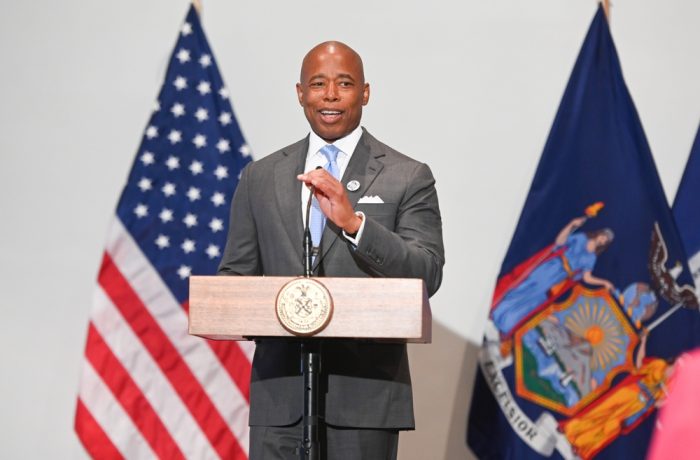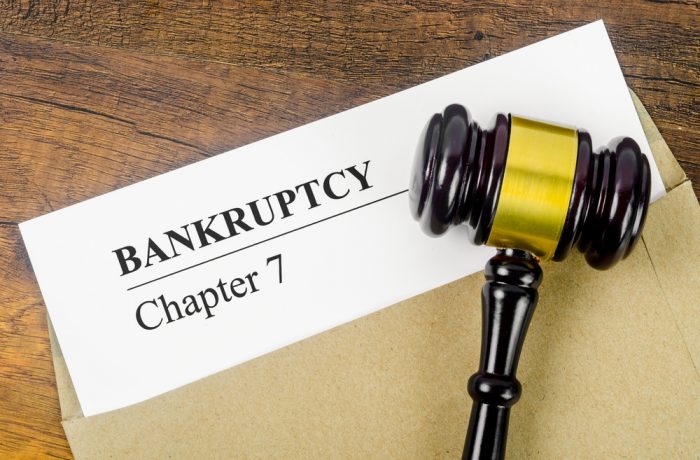By Bradley Arant Boult Cummings LLP, Lexology
On December 21, 2020, Congress passed the Consolidated Appropriations Act, 2021 (CAA 2021). Similar to the March 2020 CARES Act, several temporary changes to the Bankruptcy Code are included in Title X of the CAA 2021. Below, we examine four of the CAA 2021’s most significant changes to consumer bankruptcy laws. These changes are temporary and will sunset either on December 27, 2021, or December 27, 2022.
Section 1001 of Title X of the CAA 2021 addresses bankruptcy relief, including: a temporary revision to the definition of “property of the estate” to exclude certain federal coronavirus relief payments; temporary revisions to Section 1328 to permit a discharge notwithstanding the debtor’s failure to make all required mortgage payments under a confirmed plan; protection against discrimination in the loss mitigation process with respect to a borrower’s current or former bankruptcy status; permission to file supplemental claims related to CARES Act forbearances, modifications and deferrals; and related modifications to Chapter 13 plans based on such supplemental claims.
1. Courts May Grant Chapter 13 Discharges to Debtors Who Have Defaulted on Multiple Mortgage Payments.
Section 1001(b) gives courts temporary discretion to grant, after notice and a hearing, a Chapter 13 discharge even if the debtor defaulted on up to three monthly residential mortgage payments after March 13, 2020, as a result of COVID-19. Similarly, the bill gives courts temporary discretion to grant a discharge to debtors who include residential property in a “cure and maintain” plan and enter into a qualifying loan modification or forbearance. This amendment sunsets on December 27, 2021.
To obtain a Chapter 13 discharge despite defaulting on mortgage payments, the debtor needs to establish that the missed payments were directly or indirectly caused by a COVID-19-related hardship. The evidence necessary to satisfy this standard will play out in the courts. However, courts are likely to apply a flexible and lenient threshold in light of prior litigation during the pandemic.
Section 1001(b) does not appear to modify Section 1328(a)(1) of the Bankruptcy Code, which excepts from discharge any long-term mortgage debts being paid pursuant to Section 1322(b)(5) (i.e., a “maintenance and cure” plan). Therefore, creditors still will be entitled to post-discharge state law remedies such as foreclosure if valid defaults exist. However, servicers will need to ensure that accounting of any such defaults is properly and accurately documented to avoid discharge injunction violations.
2. CARES Act Relief May Not be Denied Based on a Person Having Filed for Bankruptcy Relief.
Section 1001(c) of Title X of the CAA 2021 includes a prohibition against discriminatory treatment based on a current or prior bankruptcy filing. Specifically, the bill states that an individual debtor cannot be denied CARES Act relief (e.g., a foreclosure moratorium, forbearance, or an eviction moratorium) based on past or present bankruptcy filings. This amendment sunsets on December 27, 2021.
Mortgage servicers should take extra care when denying consumers CARES Act relief to ensure that the reason for such denial cannot be construed to have been based on the consumer’s bankruptcy status. It is unclear at this time what bases for denial of CARES Act relief for prior or current debtors will be considered acceptable by courts.
3. Mortgage Servicers May File Late Supplemental Proofs of Claim for Claims That Are Modified by the CARES Act.
Third, Section 1001(d) allows mortgage servicers to file a supplemental proof of claim for payments forborne, deferred or otherwise modified under the CARES Act even though the claim bar date has passed. Notably, the CARES Act relief extends to federally backed mortgage loans. These supplemental proofs of claim must include a description of the forbearance agreement or loan modification and a copy of the forbearance agreement or loan modification (to the extent one exists) and must be filed no later than 120 days after the end of the forbearance period.
A number of practical considerations arise regarding these changes. For example, internal processes may need to be updated to ensure such supplemental claims are completed consistently and in a manner that accurately describes the CARES Act relief. Additionally, mortgage servicers should be mindful of when debtors’ CARES Act relief expires to ensure that supplemental proofs of claim are timely filed. If supplemental proofs of claim are not filed within the 120 days after the end of the forbearance period, they will likely be barred, and any amounts owed will be unrecoverable.
4. Mortgage Servicers May File a Motion to Modify a Chapter 13 Plan to Provide for Payment of Supplemental Proofs of Claim.
Finally, Section 1001(e) allows debtors, the court, the United States Trustee’s Office, or any party in interest to seek modification of a confirmed Chapter 13 plan to account for deferred payments under the CARES Act. This provision sunsets on December 27, 2021.
As such, mortgage servicers with supplemental proofs of claim regarding CARES Act relief should ensure that Chapter 13 cases are modified to allow for payment on supplemental proofs of claim before the plan period ends and the Chapter 13 case is closed. If the debtor, or another party in interest, fails to file a motion to modify the Chapter 13 plan, mortgage servicers should be prepared to file their own motions seeking modification before the plan period ends. Another issue for servicers to tackle is whether and how they may be able to recover fees for such filings.
Next Steps Mortgage Servicers Should Take in Response to the CAA 2021’s Consumer Bankruptcy Changes
Taken together, these bankruptcy-related provisions require mortgage servicers to implement operational changes to ensure they (1) do not deny CARES Act relief to borrowers because of a bankruptcy, (2) file appropriate supplemental proofs of claim for borrowers who have received a CARES Act forbearance, and (3) adjust their operations to account for changes to the Chapter 13 process, including responses to notice of final cure.
The CAA 2021’s changes to consumer bankruptcy are somewhat vague. Additionally, the practical implications of these changes are yet untested. For example, while beneficial that multiple parties have the ability to file a motion to modify the plan to account for supplemental proofs of claim, servicers will likely be reluctant to file such motions if they are not able to recover attorneys’ fees for filing and attending a hearing. Additionally, discharging cases before all payments have been made will inevitably cause borrower confusion over what amounts are properly owed post-discharge on long-term mortgage debt.
As courts interpret these new laws, we will gain a better understanding of their impact on creditors and the operational changes necessary to comply. As we await further guidance from the courts addressing these amendments, mortgage servicers should consider the updates highlighted here and downstream effects on internal processes. We’ll continue to report on these developments.





